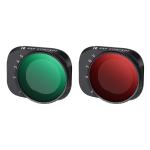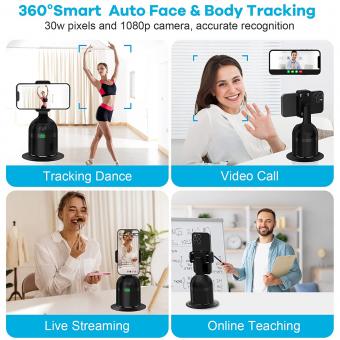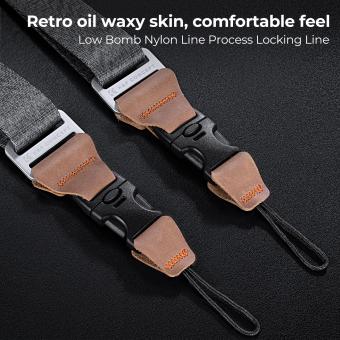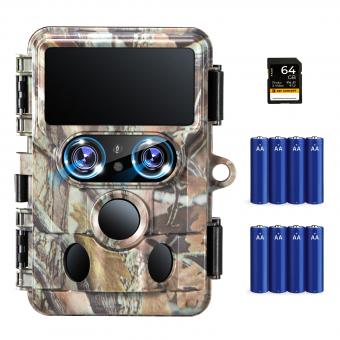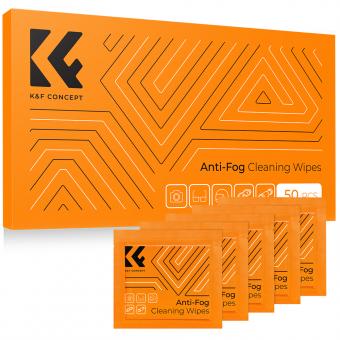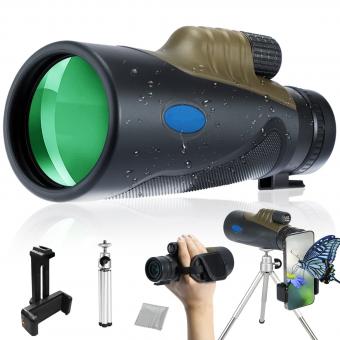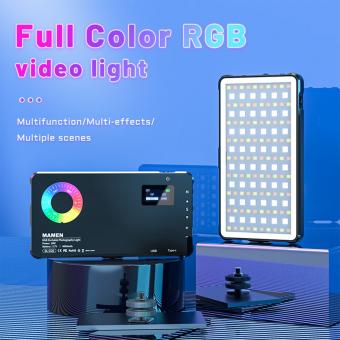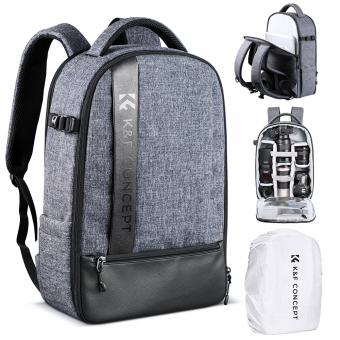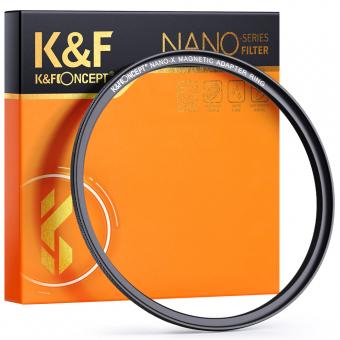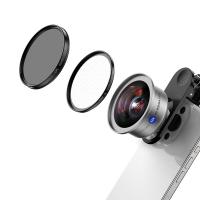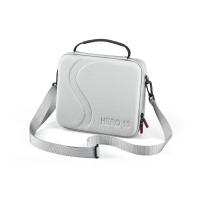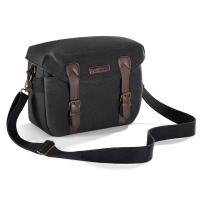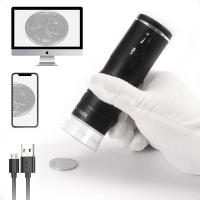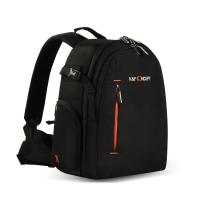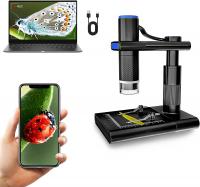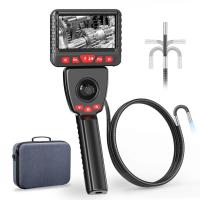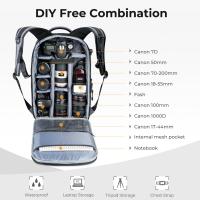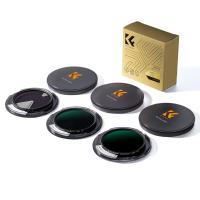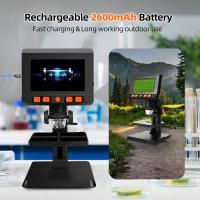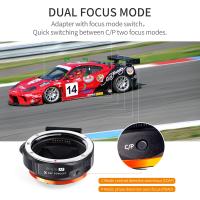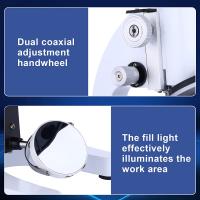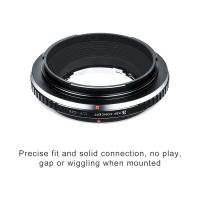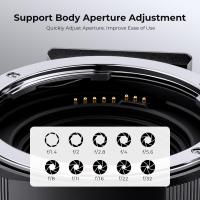Reviews
There are pros and cons to adjustable lens filters
There are multiple advantages and disadvantages to having lens filters that provide a range of filtering.
Pros: The biggest advantage is convenience, because you don't have to carry around a bunch of different filters. Two filters give you coverage between 2 and 512, which is a huge range. Starting at 2, the filtering increments in doubles, so lens filter one gives you 2,4,8,16, and 32. Lens filter 2 gives you stops 32, 64, 128 and 512. This is a HUGE range, and you'd need 10 separate filters to duplicate this functionality.
Another advantage is if you're recording in weather conditions that change rapidly. In that situation you'd just need to land the drone, quickly dial in the new setting, and take off again without having to mess with changing filters.
Cons: There are usually optical tradeoffs whenever you have a variable lens filter as opposed to a single-stop filter. I compared the variable filter at various settings that matched single-stop filters I own (32, 64, 128). The variable filters are noticeable darker than the standalone filters. To me this indicates that calibration could be off, or maybe it's just the price you pay for variability. So for optimal recording, you'd want to know you had the right filter for the current conditions rather than having a filter that could be giving you a bit more filtering than you want.
On a less serious note, there's a reason that major lens filter makers don't typically offer a bunch of single-stop filters, especially in the smaller sizes. It's because the difference between a 2 and 4-stop filter or 4 to 8-stop filter will be very slight, possibly not even noticeable. Honestly, just looking at weather conditions, I don't know if I'd be able to accurately determine whether the conditions called for a 4, 8 or 16-stop filter. This is why filter kits typically jump from 32 to 64 to 128 etc.
In the end, you need to determine if the convenience of having two filters that give you 9 different stops (the 32-stop filter is duplicated) is important. Personally, it's a little too fine-tuned for me, and I'd probably wind up fiddling with the filters trying to determine the correct setting rather than concentrating on recording. For about the same price you could get a set of six separate filters that will more than cover you in all the conditions you're likely to be flying and recording in. You also have to ask whether the weather will be changing enough to justify a filter change. There are definitely times when it can cloud up quickly or a storm can blow in, but in these conditions I'd be thinking about bringing in the drone instead of continuing to record.
Pros: The biggest advantage is convenience, because you don't have to carry around a bunch of different filters. Two filters give you coverage between 2 and 512, which is a huge range. Starting at 2, the filtering increments in doubles, so lens filter one gives you 2,4,8,16, and 32. Lens filter 2 gives you stops 32, 64, 128 and 512. This is a HUGE range, and you'd need 10 separate filters to duplicate this functionality.
Another advantage is if you're recording in weather conditions that change rapidly. In that situation you'd just need to land the drone, quickly dial in the new setting, and take off again without having to mess with changing filters.
Cons: There are usually optical tradeoffs whenever you have a variable lens filter as opposed to a single-stop filter. I compared the variable filter at various settings that matched single-stop filters I own (32, 64, 128). The variable filters are noticeable darker than the standalone filters. To me this indicates that calibration could be off, or maybe it's just the price you pay for variability. So for optimal recording, you'd want to know you had the right filter for the current conditions rather than having a filter that could be giving you a bit more filtering than you want.
On a less serious note, there's a reason that major lens filter makers don't typically offer a bunch of single-stop filters, especially in the smaller sizes. It's because the difference between a 2 and 4-stop filter or 4 to 8-stop filter will be very slight, possibly not even noticeable. Honestly, just looking at weather conditions, I don't know if I'd be able to accurately determine whether the conditions called for a 4, 8 or 16-stop filter. This is why filter kits typically jump from 32 to 64 to 128 etc.
In the end, you need to determine if the convenience of having two filters that give you 9 different stops (the 32-stop filter is duplicated) is important. Personally, it's a little too fine-tuned for me, and I'd probably wind up fiddling with the filters trying to determine the correct setting rather than concentrating on recording. For about the same price you could get a set of six separate filters that will more than cover you in all the conditions you're likely to be flying and recording in. You also have to ask whether the weather will be changing enough to justify a filter change. There are definitely times when it can cloud up quickly or a storm can blow in, but in these conditions I'd be thinking about bringing in the drone instead of continuing to record.
17/06/2024
Related Articles
Top Bestselling Products
-37%
-14%
Guess you like products
Guess you like articles
Related searches

